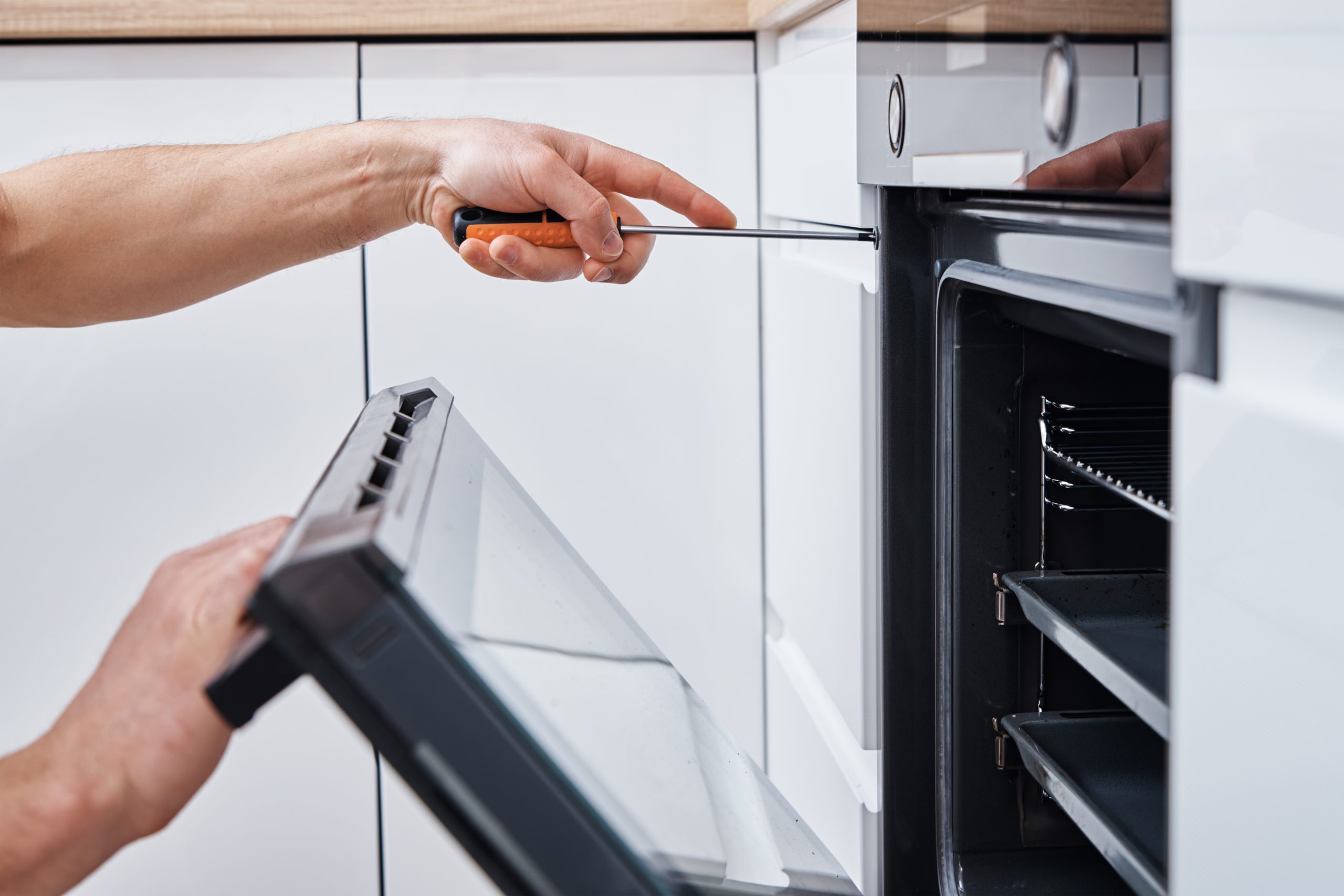
Know When to Call in the Pros
What distinguishes a possible do-it-yourself repair from one that is best left to the pros, then? Water and electricity are two terms. For the benefit of both you and the lifespan of your dishwasher, any repair involving a combination of the two—the motor, pump, heating element, or wiring—should be handled by a qualified specialist.
When the appropriate safety measures are taken, such as turning off the dishwasher's electricity, many basic dishwasher parts are straightforward to inspect or repair. Additionally, since the dishwasher might be top-heavy and hazardous to handle, we advise against performing any repairs that call for you to take it off the counter.
Practice Smart Dishwasher Use
We can tell you that it's not in vain if you're the family member who constantly rearranges the dishes in the dishwasher. Your dishwasher can be prevented from leaking, clogging, stinking, and even breaking down with proper loading and basic maintenance. As an illustration:
Never place heavy objects too close to the door as this could prevent it from shutting and sealing correctly.
To prevent obstructing the water flow, never place heavy dishes on the lowest shelf.
Before putting dishes in the dishwasher, remove any large food particles from them.
Look for any dropped silverware that can melt on the heating element or clog the rinse arm.
Every two months, give your dishwasher a deep clean.
Keep an eye out for indications of hard water, which can cause deposits and clog your dishwasher.
Troubleshoot the Basics
Make sure the problem isn't originating from somewhere else before diving into particular dishwasher repairs. For instance, examine your hot and cold water sources as well as the circuit breaker switch for that section of the kitchen if your dishwasher isn't starting.
Taking out a water-filled dishwasher? Prior to focusing on the dishwasher itself, make sure there is no blockage in the drainage pipe that your dishwasher and kitchen sink frequently share.
Clean the Spray Arm
As its name implies, the spray arm, which rests at the bottom of your dishwasher, squirts water at your dishes as it rotates. Over time, the spray arm's holes and tubing may break, clog, or clamp shut.
Once the dishwasher is unplugged or the power source is turned off, take off the bottom rack and the screws that secure the spray arm. To loosen any blockages inside, soak the arm in a solution of dish soap, warm water, and white vinegar. To clear out any debris in the upper holes, use a toothpick or tiny craft wire. In the event that any dents or cracks appear, replace the spray arm entirely.
Unclog the Float
Examine and clean the float assembly while you're cleaning the area surrounding the dishwasher's bottom. Make sure the machine is powered off once more. The float assembly serves as a mechanical means of turning on your float switch, which is the switch that controls the water flow.
With ease, you ought to be able to raise and lower the float with your hand and sense its bob in its assembly. You may need to remove the food if you feel a lot of resistance, which could indicate that it has been stuck in the assembly. In other situations, it's possible that a rogue item in your dishwasher caused damage to the float's shape, in which case you'll need to replace it.
Replace the Door Gasket
Every time your dishwasher operates, do you notice a puddle of water next to it? A worn-out door gasket, or the strip that seals against the inside of the door, may be the only thing causing the problem. To ensure that you get the correct part and replace it in the correct orientation, take a picture of the gasket.
To remove the old gasket, grasp the bottom edge of the strip with pliers and carefully pull it away from the frame. Replace the new strip in the same direction as the old one after cleaning the gasket track. Make sure the door closes tightly and trim any excess.
Clear the Drain Filter
Unusual smells, inadequate drainage, or discolored dishes may indicate that your filter requires maintenance. Self-cleaning filters that function somewhat like a garbage disposal are included with some dishwashers. Most, though, call for you to periodically check for accumulation of debris.
The filter is located beneath the lower rack. Locate the circular drain filter cap after moving the rinse arm out of the way. The majority of versions have arrows that show which way to turn the cap in order to take the cylindrical filter out. Rinse the filter with warm, soapy water and use a toothbrush to remove any remaining debris.
Check the Door Latch
If the latch has not been properly clicked into place, your dishwasher could not start. This happens, in any event, when your dishwasher tips over on the kitchen counter or if the door no longer aligns perfectly. Verify that nothing is blocking the hook and that the latch clicks shut.
Additionally, you can change the lock on your dishwasher door by taking off the faceplate and adjusting the bolts that are above the locking mechanism.
Know When to Throw in the Towel
The average lifespan of a modern dishwasher is eight to ten years, possibly longer with proper maintenance. If you're way past this point, it might not be worth the time and money to fix. If you can't fix your dishwasher yourself after ten years, think about getting a new one.

 Admin
Admin
Leave A Reply
Your email address will not be published. Required fields are marked *